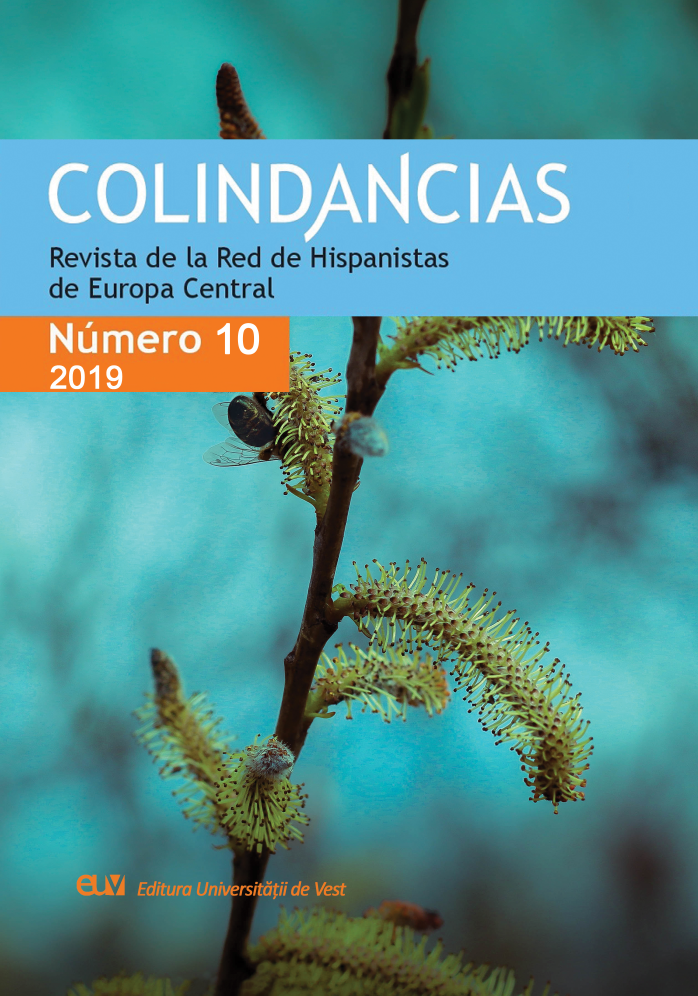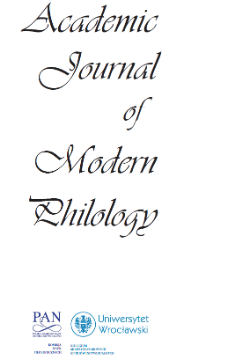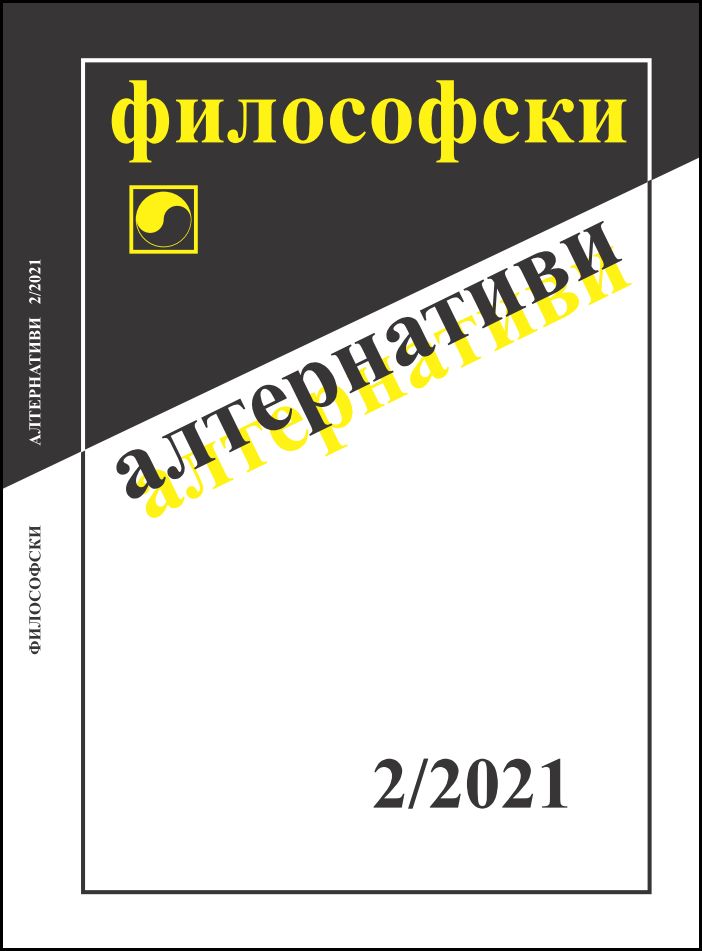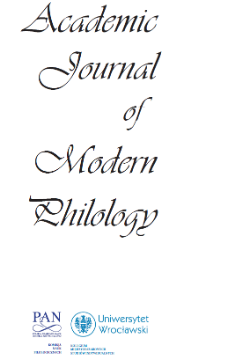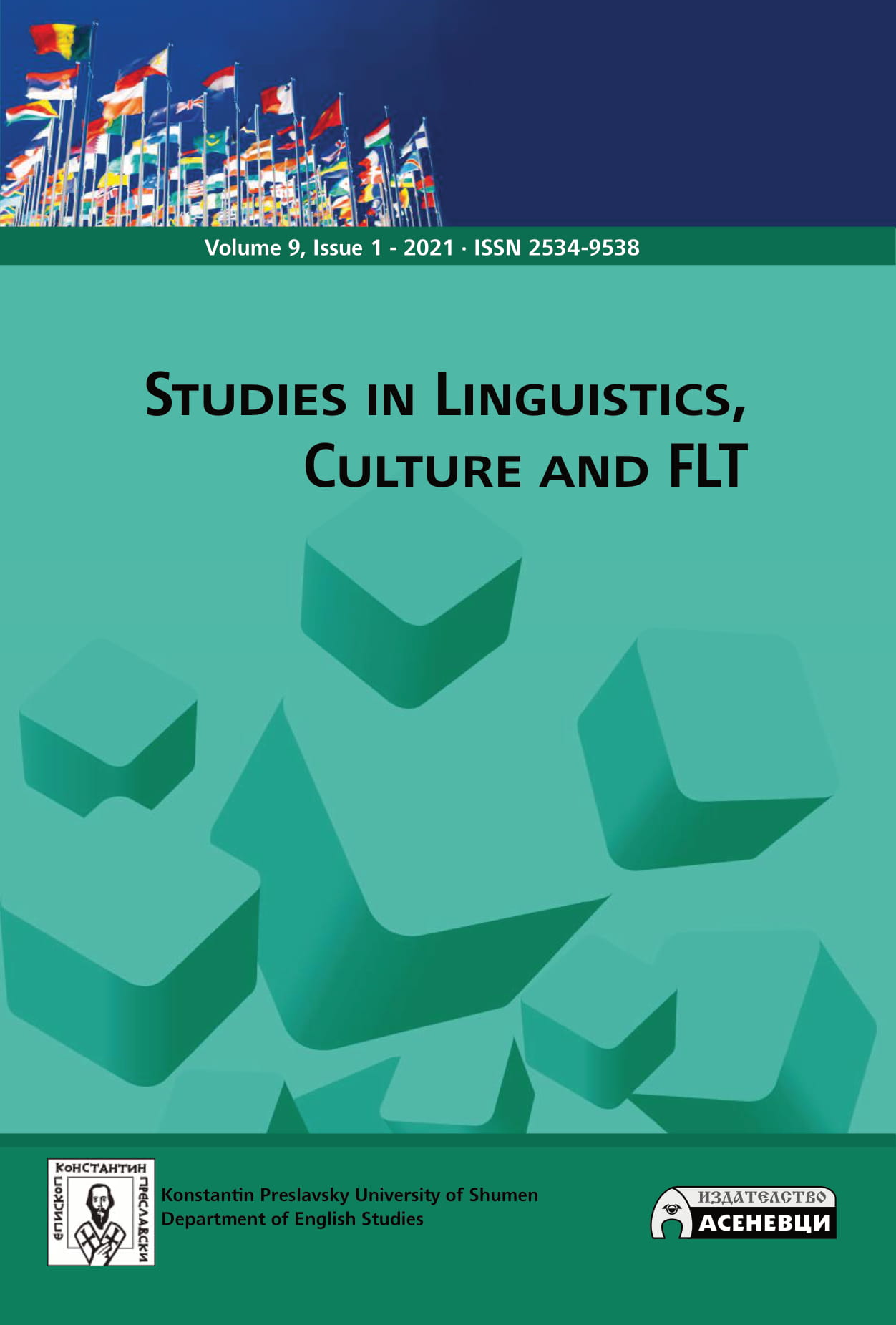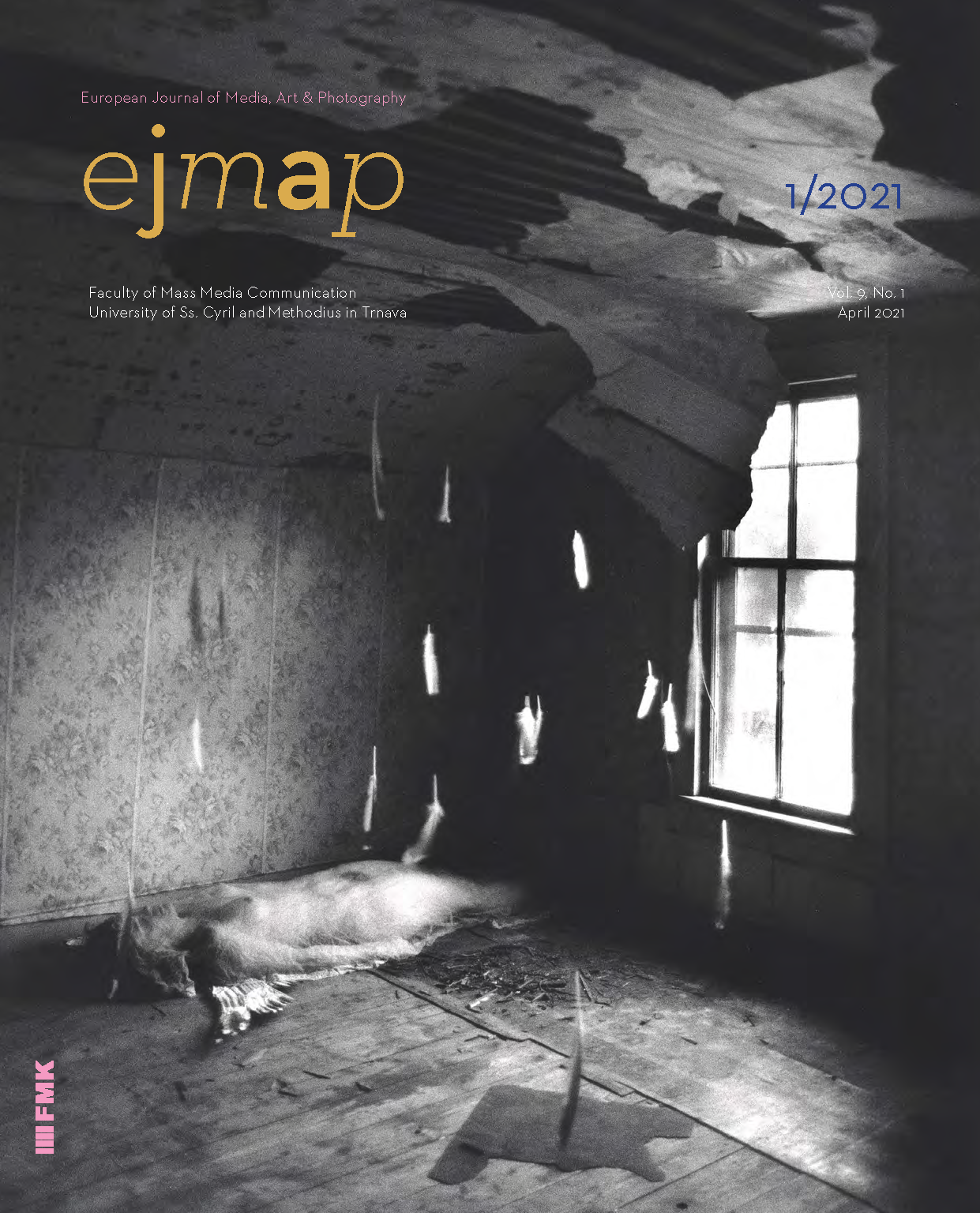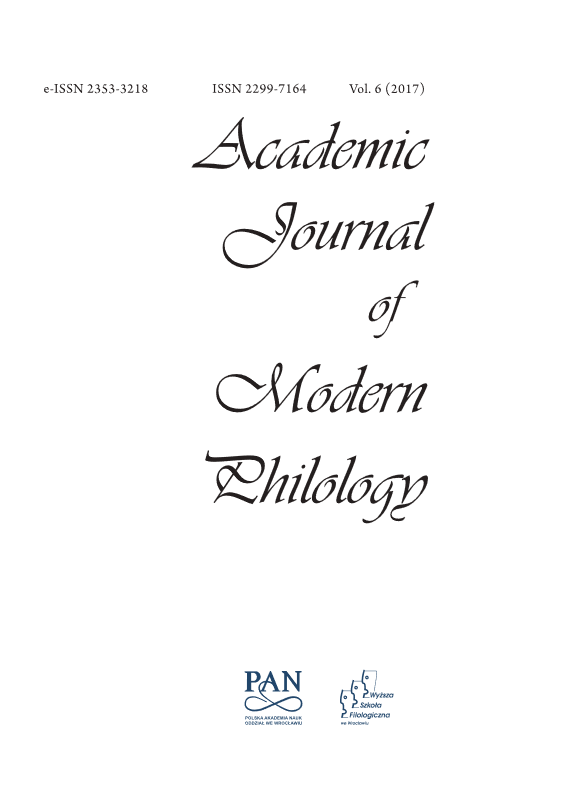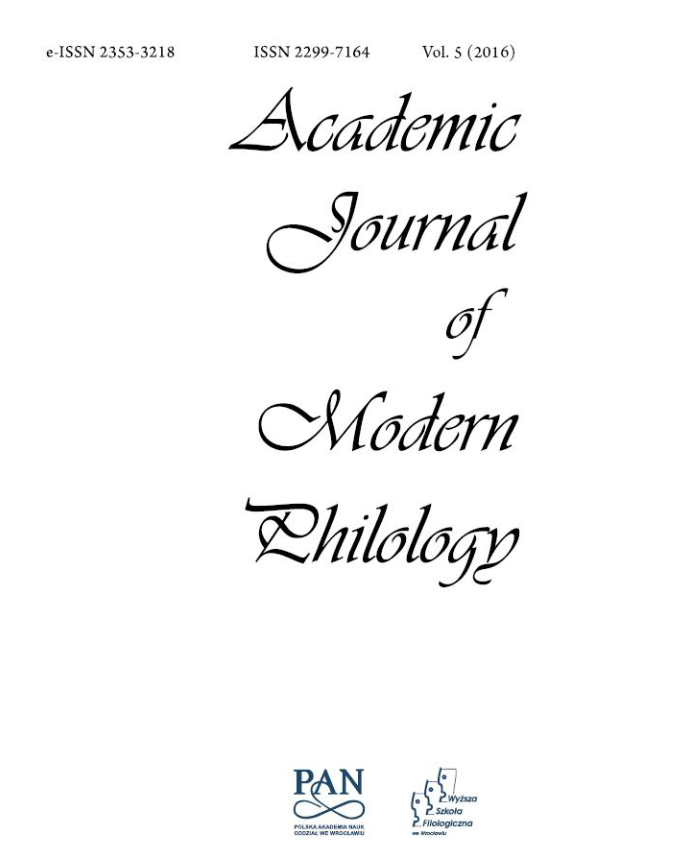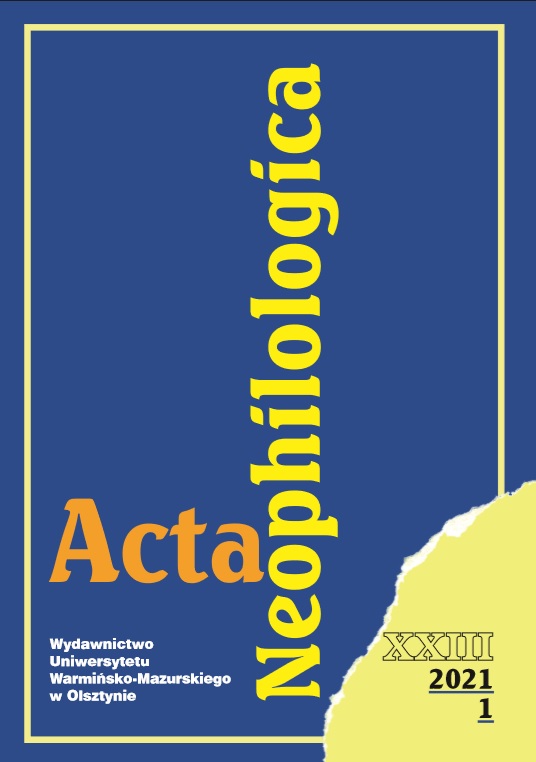BESZÁMOLÓ A 2002—2003. ÉVI ORSZÁGOS „ÁBEL JENŐ LATIN TANULMÁNYI VERSENY”-RÔL
Az Ókortudományi Társaság — az Oktatási Minisztérium támogatásával — a 2002—2003. Tanévben is megrendezte országos, Ábel Jenôrôl elnevezett latin tanulmányi versenyét, két kategóriában. A verseny elsô, iskolai fordulóján, 2003. február 14-én, 75 iskolából (52 vidéki, 23 budapesti) 1065 tanuló vett részt. A maiores kategória 609 versenyzôje „A tudás a legnagyobb kincs, mely el nem vehetô tôlünk” címû tétel, a minores kategória 456 versenyzôje pedig a „Nagy Károly az iskolában” címû tétel magyarra fordításában mérte össze a tudását. A szaktanár kollégák 302 dolgozatot küldtek be az iskolákból, ebbôl 168-at a maior, 134-et a minor kategóriában. A versenybizottság döntése alapján végül a maior kategóriában 135, a minor kategóriában 107, tehát összesen 242 fô versenyezhetett 2003. április 26-án az ELTE-n megrendezett döntô fordulón. A döntôben a maiores kategória 135 versenyzôje a „Miért mondott köszönetet szüleinek Vitruvius?” címû tétellel, a 107 minores versenyzô pedig „A suszterbôl lett doktor” címû szöveggel tette próbára erejét.
More...
